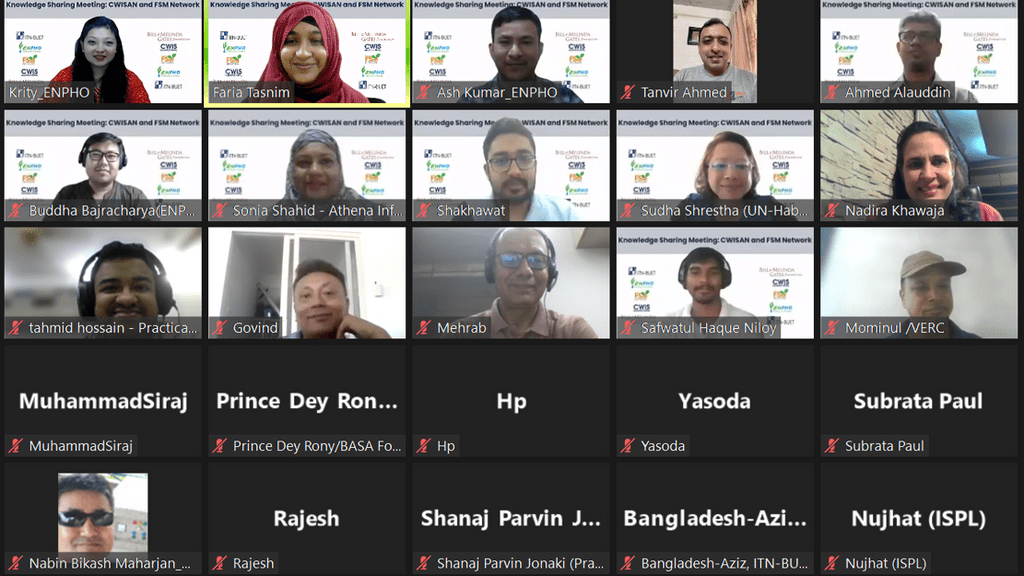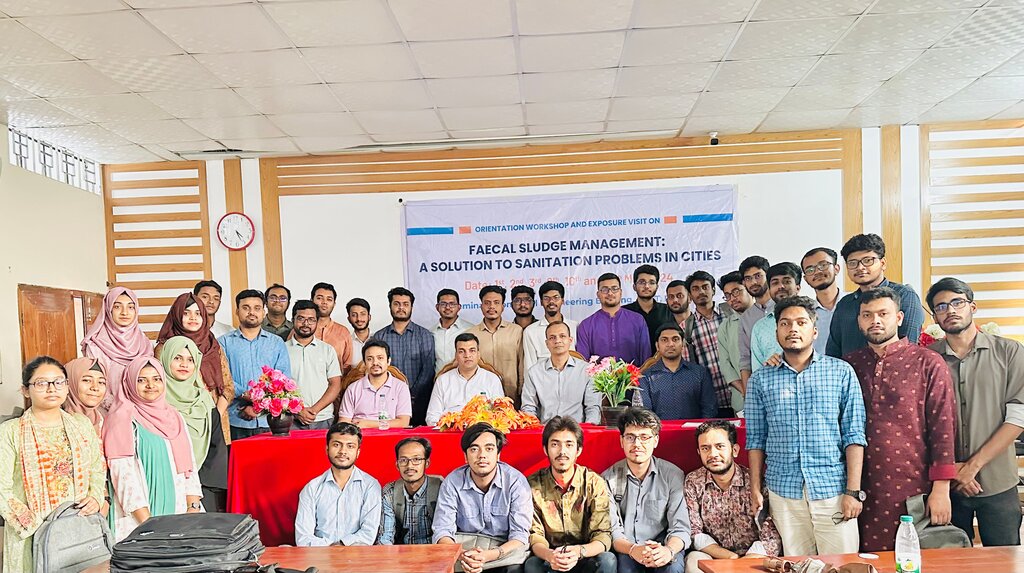Arsenic contamination of groundwater is considered the most significant mass poisoning in history because drinking water with high levels of Arsenic is toxic to humans and may cause severe health impacts, including lung disease, heart attack, kidney failure, adverse pregnancy outcomes, and infant mortality. Arsenic-safe water is considered the first level of defense to address this problem.
The government of Bangladesh has invested an enormous resource in mitigating Arsenic contamination in groundwater through installing arsenic-safe water options, treating arsenic-contaminated water, and undertaking dedicated projects for combating arsenic problems in groundwater. But still, 17.5 million (1.75 Crore) and 27.5 million (2.75 Crore) people are exposed to Arsenic contamination, considering Bangladesh standard and WHO guideline values, respectively. Inequitable allocation of arsenic-safe water options is one of the major causes of the issue. Therefore, people with more vulnerability to arsenic contamination and less financial capability are not receiving the government’s support for arsenic mitigation.
DPHE and UNICEF have successfully demonstrated an example of the Arsenic Safe Union (ASU) approach for equitable allocation of safe water points in vulnerable areas based on specific site selection criteria, including most Arsenic contaminated, most unserved, poor, and vulnerable communities, no other functional and safe public water points available within 150 m distance, etc.


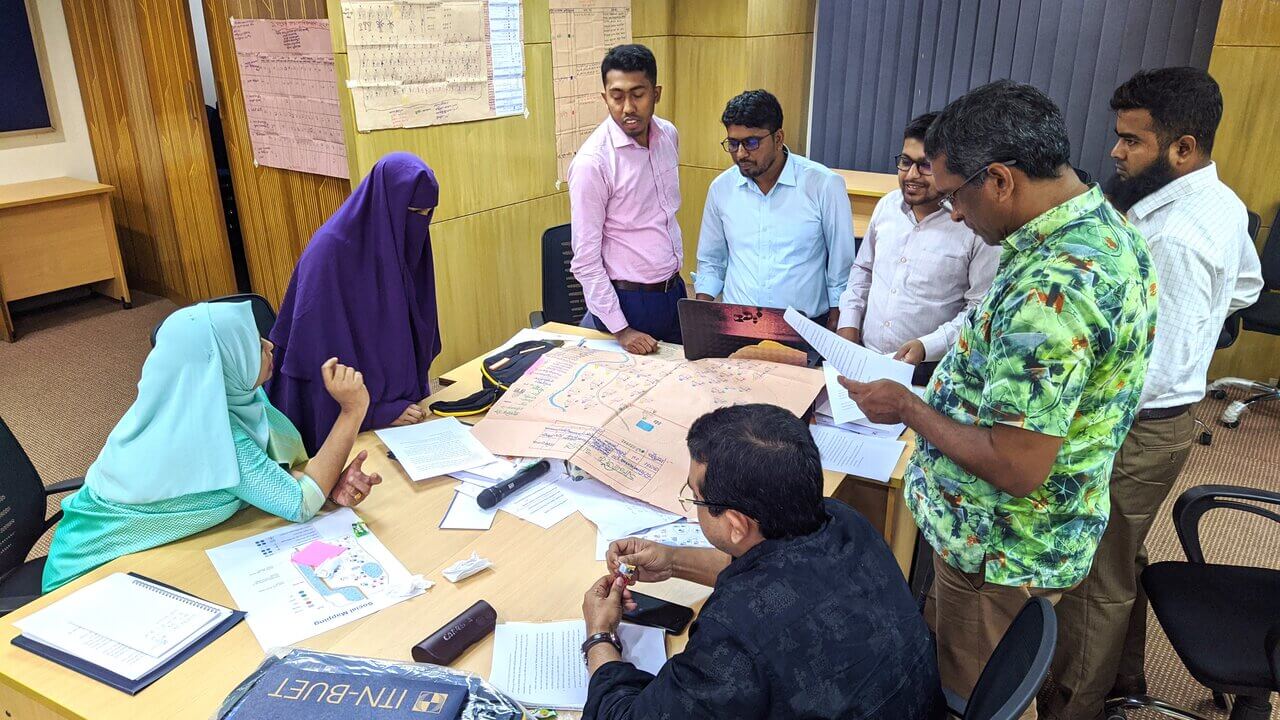
ITN-BUET has developed a two-day training program for DPHE officials titled ‘Systematic and Scientific Approaches for Targeting Poor and Unserved Communities in Arsenic-Affected Regions’ to scale up the ASU approach across the country. The 2-days training was designed with a mixed facilitation method, including lecture delivery, group work and presentation, discussion, and question-answer.
A total of 16 batches of training events have been implemented across the seven Divisions of the country. Almost 339 DPHE officials and others from 33 out of 64 Districts have been capacitated by targeting poor and unserved communities while allocating resources for arsenic mitigation. DPHE and UNICEF, with financial support from the Embassy of Sweden in Dhaka, implemented this initiative.

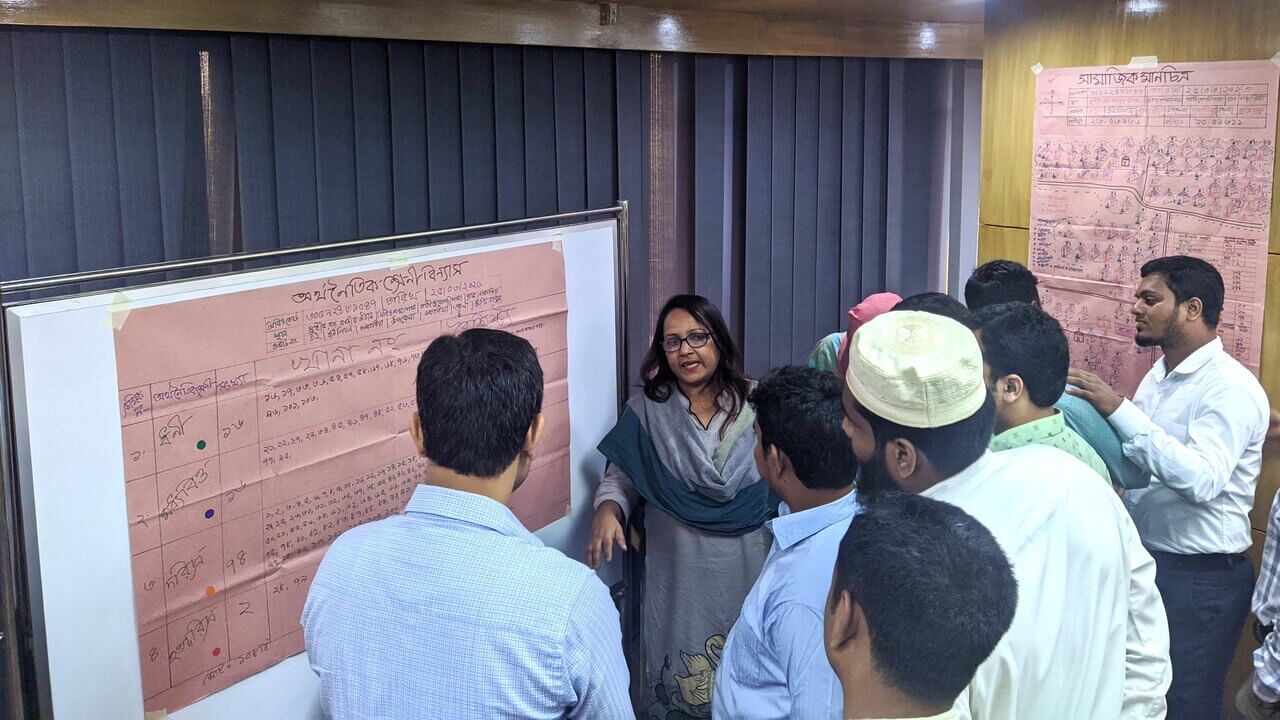
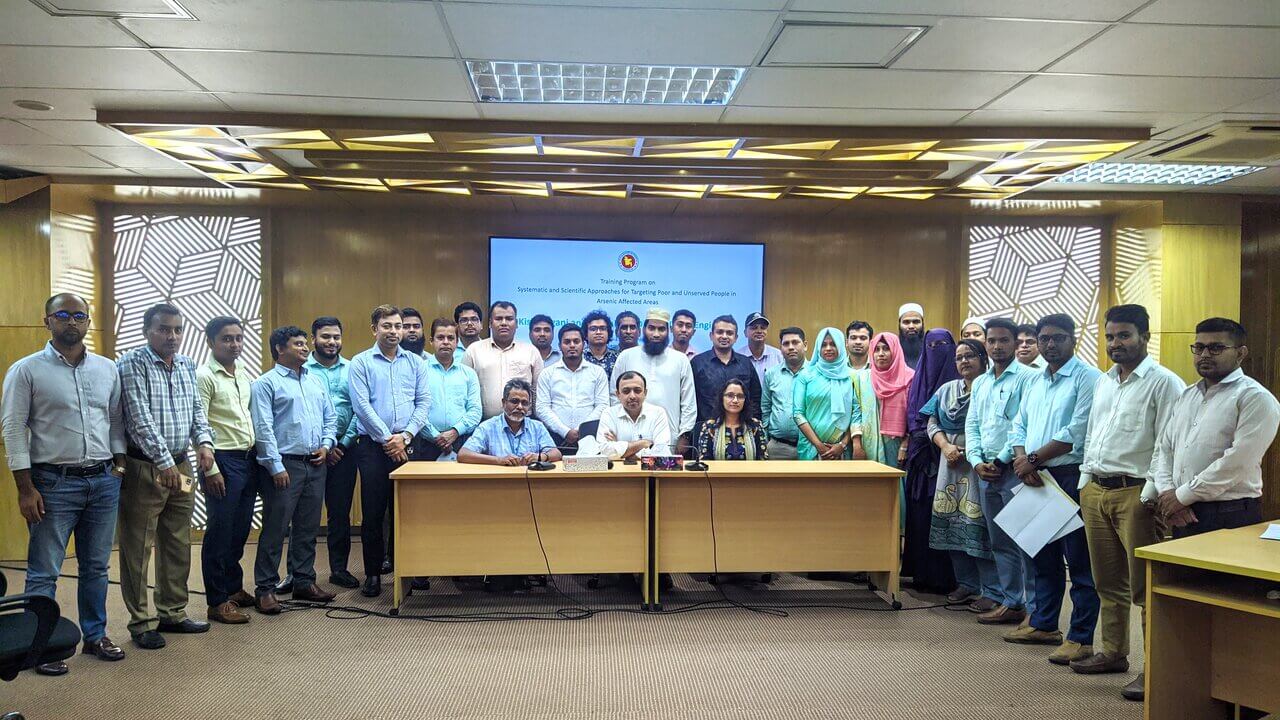
Professor Tanvir Ahmed, the Director of ITN-BUET, stated that the training’s primary objective is to ensure safe water access for poor and unserved populations in arsenic-affected areas by employing systematic and scientific approaches. Professor Ahmed emphasized that access to water is a fundamental right of the people, regardless of social status, and stressed the importance of achieving equity by reaching those in need. He also underlined the necessity of field-specific methodologies and conducting awareness and advocacy campaigns to address this critical issue.
Ms. Nargis Akter, WASH Officer, UNICEF, emphasized adopting this scientific and needs-based approach in resource allocation and site selection for the water points. The Superintending Engineer of DPHE Dhaka Circle, Mohammad Raushan Alam, urged to advocate higher level decision makers with this approach and suggested organizing policy dialogue.
At the end of the training, participants returned to their workplace with complete confidence in ensuring equitable allocation of resources by adopting a systematic and scientific approach to avoid local-level elite capture. Ms. Bilkis Akter, Executive Engineer, DPHE of Lakshmipur District, expressed that “vulnerability analysis will enable her to pinpoint the most arsenic-contaminated unions in the district.” Executive Engineer from Brahmanbaria, Mr. Md. Mashiur Rahman Talukder, conveyed, “Employing a systematic approach to site selection would enhance the likelihood of making accurate selections and facilitate negotiations with local influencers during the site selection process.”


.jpg)
